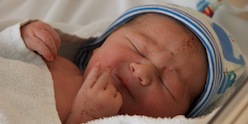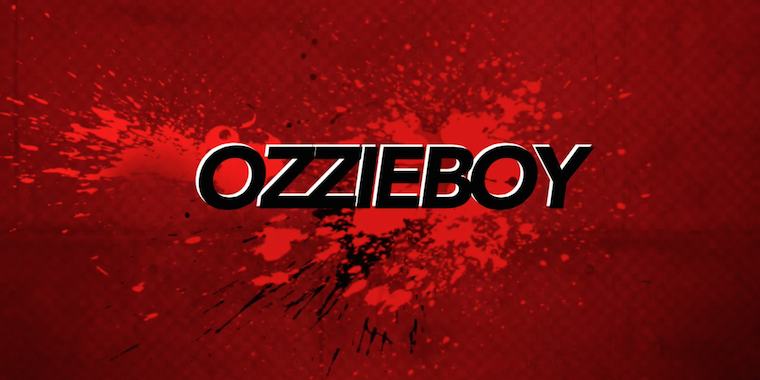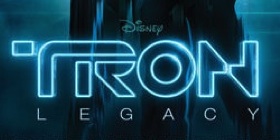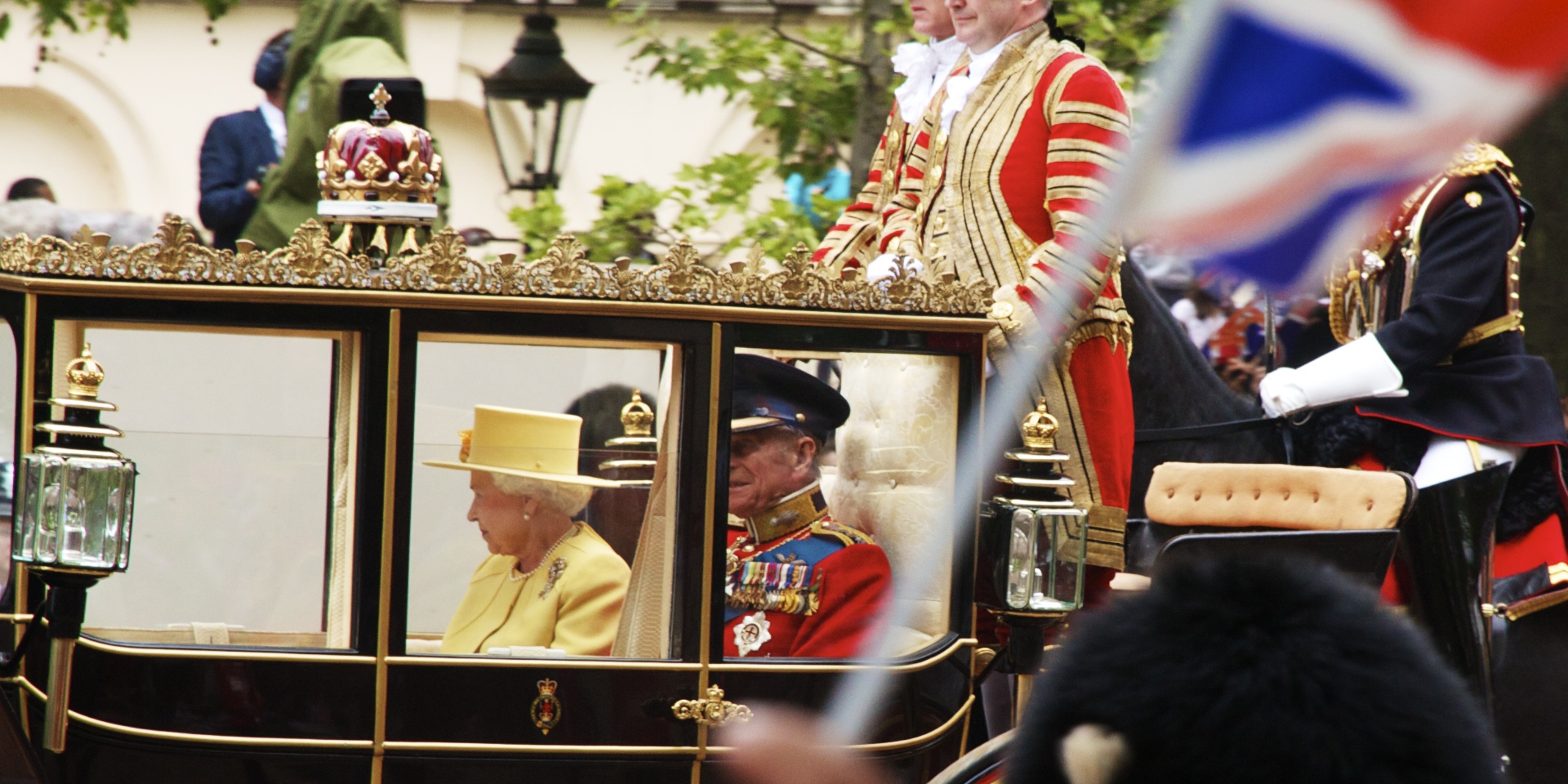The government have announced their next plans for replacing ICT in schools. They’ve drafted a curriculum for a new subject ‘Computing’. And it looks great.
The full document is here. Computing is on page 152.
Here’s what kids will be learning in Primary School.
Key Stage 1
Pupils should be taught to:
- understand what algorithms are, how they are implemented as programs on digital devices, and that programs execute by following a sequence of instructions
- write and test simple programs
- use logical reasoning to predict the behaviour of simple programs
- organise, store, manipulate and retrieve data in a range of digital formats
- communicate safely and respectfully online, keeping personal information private, and recognise common uses of information technology beyond school.
Key Stage 2
Pupils should be taught to:
- design and write programs that accomplish specific goals, including controlling or simulating physical systems; solve problems by decomposing them into smaller parts
- use sequence, selection, and repetition in programs; work with variables and various forms of input and output; generate appropriate inputs and predicted outputs to test programs
- use logical reasoning to explain how a simple algorithm works and to detect and correct errors in algorithms and programs
- understand computer networks including the internet; how they can provide multiple services, such as the world-wide web; and the opportunities they offer for communication and collaboration
- describe how internet search engines find and store data; use search engines effectively; be discerning in evaluating digital content; respect individuals and intellectual property; use technology responsibly, securely and safely
- select, use and combine a variety of software (including internet services) on a range of digital devices to accomplish given goals, including collecting, analysing, evaluating and presenting data and information.
And secondary school:
Key Stage 3
Pupils should be taught to:
- design, use and evaluate computational abstractions that model the state and behaviour of real-world problems and physical systems
- understand at least two key algorithms for each of sorting and searching; use logical reasoning to evaluate the performance trade-offs of using alternative algorithms to solve the same problem
- use two or more programming languages, one of which is textual, each used to solve a variety of computational problems; use data structures such as tables or arrays; use procedures to write modular programs; for each procedure, be able to explain how it works and how to test it
- understand simple Boolean logic (such as AND, OR and NOT) and its use in determining which parts of a program are executed; use Boolean logic and wild-cards in search or database queries; appreciate how search engine results are selected and ranked
- understand the hardware and software components that make up networked computer systems, how they interact, and how they affect cost and performance; explain how networks such as the internet work; understand how computers can monitor and control physical systems
- explain how instructions are stored and executed within a computer system
- explain how data of various types can be represented and manipulated in the form of binary digits including numbers, text, sounds and pictures, and be able to carry out some such manipulations by hand
- undertake creative projects that involve selecting, using, and combining multiple applications, preferably across a range of devices, to achieve challenging goals, including collecting and analysing data and meeting the needs of known users
- create, reuse, revise and repurpose digital information and content with attention to design, intellectual property and audience.
If the majority of the population can do everything on those lists, they’ll get so much more out of the web and computers, and the web and computers could become more powerful. For just one example, consider the modifiers and wildcards you can use in searches when trying to find something unusual (like [googling for a web page])http://support.google.com/websearch/bin/answer.py?hl=en&answer=136861), or hunting down an old email in Outlook); And as a bonus, if lots more people knew how to use them, then companies would implement and maintain these operators all the more.















Woow, this looks so fun to teach 😀